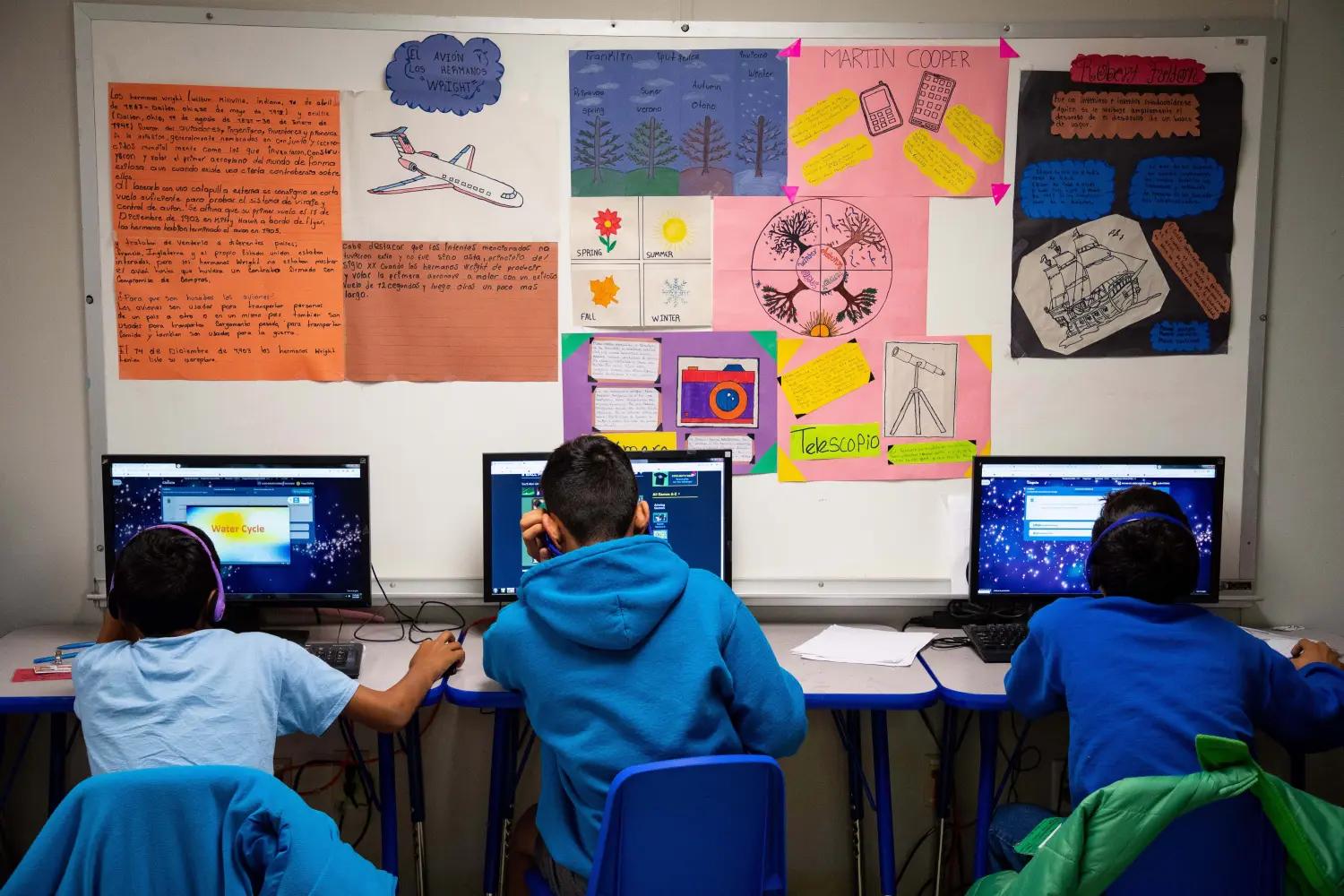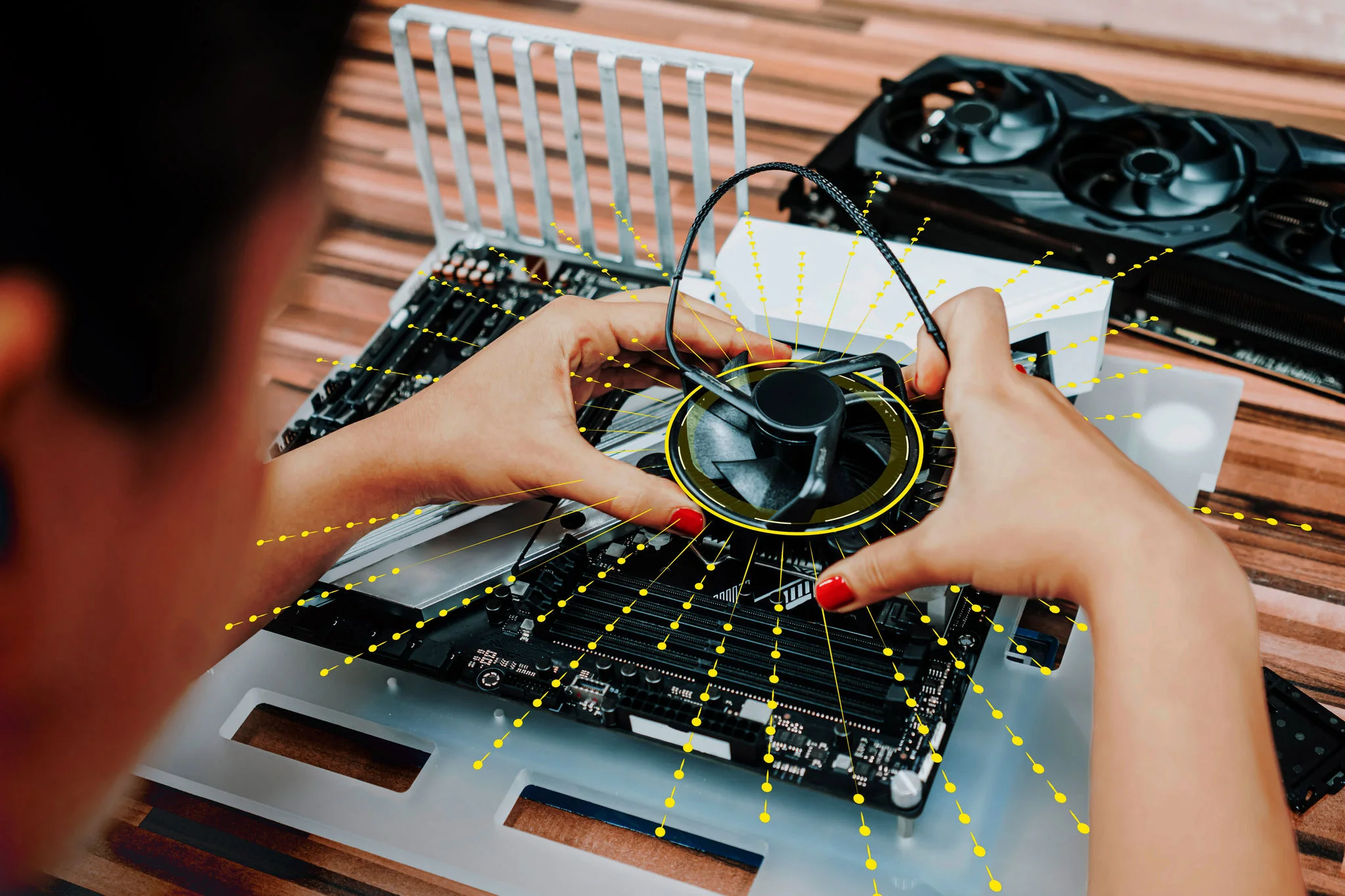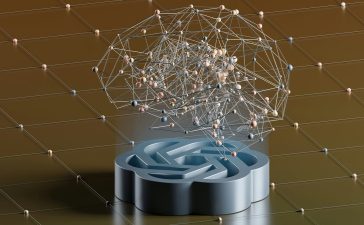Technology has become the backbone of modern life, influencing nearly every aspect of how we work, communicate, and live. From the rise of artificial intelligence (AI) to breakthroughs in biotechnology, the digital age is not only shaping industries but also redefining human experiences. As we move further into the 21st century, the pace of innovation shows no signs of slowing. This article explores the key trends, challenges, and opportunities in today’s technological landscape.
The Digital Revolution and Connectivity
The internet, once a novelty, is now a fundamental utility. Over 5 billion people are online, creating a hyperconnected world where information flows instantly. Smartphones have put vast knowledge, entertainment, and commerce into the palms of our hands.
5G technology is expanding connectivity even further, enabling faster speeds and lower latency. This infrastructure supports innovations like autonomous vehicles, remote surgery, and smart cities. Connectivity has become the foundation upon which new technologies are built, driving both convenience and efficiency.
Artificial Intelligence: The Brain of Modern Tech
AI is arguably the most transformative technology of our time. From recommendation systems on Netflix to complex algorithms diagnosing diseases, AI applications are everywhere.
-
Healthcare: AI assists in early cancer detection, drug development, and patient care management.
-
Business: Companies use AI for customer service chatbots, predictive analytics, and supply chain optimization.
-
Everyday Life: Voice assistants like Alexa and Siri simplify daily tasks, while AI in smartphones improves photography and security.
While AI offers enormous benefits, it also raises ethical concerns. Issues like job displacement, data privacy, and algorithmic bias must be addressed to ensure AI serves humanity equitably.
The Rise of Automation and Robotics
Automation is revolutionizing industries by streamlining processes and reducing human error. Factories are increasingly adopting robotics for assembly, packaging, and quality control. In logistics, autonomous drones and vehicles are being tested for deliveries.
Service industries are also evolving: restaurants experiment with robotic chefs, and hospitals use automated systems for medication distribution. While automation boosts productivity, it also sparks debates about the future of work. The challenge is to balance technological efficiency with opportunities for human employment.

Cloud Computing and Big Data
The shift from physical storage to cloud computing has transformed how businesses and individuals handle information. Cloud services like Google Drive, Dropbox, and AWS offer scalable, cost-effective storage accessible anywhere.
Big Data, fueled by cloud infrastructure, enables organizations to analyze massive datasets. Insights gained from this data influence marketing strategies, scientific research, and even urban planning. For example, predictive analytics helps companies anticipate customer behavior, while governments use data to improve public services.
However, data security and privacy remain critical concerns. High-profile breaches highlight the need for stronger cybersecurity measures in a world increasingly reliant on digital storage.
The Internet of Things (IoT)
The IoT connects everyday objects to the internet, enabling them to communicate and share data. Smart homes with connected thermostats, refrigerators, and lighting systems are becoming mainstream. Wearable devices track fitness, monitor heart rates, and even detect falls, alerting caregivers in emergencies.
In industry, IoT sensors monitor equipment health, reducing downtime and maintenance costs. Cities implement IoT for traffic management, energy conservation, and waste reduction. As IoT grows, ensuring interoperability and security will be crucial.
Biotechnology and Health Tech
Technology is also revolutionizing healthcare through biotechnology and digital health solutions. Wearables and mobile apps allow individuals to track their health, while telemedicine expands access to care globally. Genetic editing technologies like CRISPR hold the potential to cure inherited diseases, opening new ethical debates.
Health tech startups are booming, providing innovations such as AI-powered diagnostic tools, robotic surgery assistants, and personalized medicine. The intersection of biology and technology promises a future where healthcare is more precise, affordable, and accessible.
Cybersecurity: Protecting the Digital World
As reliance on technology grows, so does vulnerability. Cyberattacks, data breaches, and ransomware have become significant threats to governments, businesses, and individuals. Cybersecurity is no longer optional—it is essential.
Organizations invest heavily in firewalls, encryption, and AI-driven security systems. At the individual level, awareness about phishing scams, strong passwords, and safe browsing practices is vital. The rise of quantum computing may both strengthen and challenge cybersecurity in the coming years, demanding continuous innovation in digital defense.
Green Technology and Sustainability
Sustainability is a defining issue of our time, and technology plays a key role in addressing it. Green technologies, such as renewable energy, electric vehicles, and energy-efficient appliances, aim to reduce the environmental footprint.
-
Solar and Wind Power: More affordable and scalable than ever.
-
Electric Mobility: EV adoption is rising, supported by improved battery technologies.
-
Smart Grids: Optimize energy distribution, reducing waste.
Sustainable technology is not only environmentally necessary but also economically promising. Companies investing in green solutions position themselves as leaders in both innovation and responsibility.
The Human Side of Technology
Despite rapid progress, technology is not just about hardware and software—it is about people. Human-centered design ensures that innovations meet real needs. Accessibility features in smartphones, for example, empower individuals with disabilities. Educational platforms democratize learning, giving millions access to resources once reserved for the privileged.
At the same time, concerns about screen addiction, misinformation, and digital divides remind us that technology’s benefits are not equally distributed. Bridging these gaps requires collaboration among governments, industries, and communities.
The Future: What Lies Ahead?
Looking forward, several technologies are set to shape the future:
-
Quantum Computing: Could solve problems beyond the capacity of classical computers, revolutionizing science and encryption.
-
Augmented Reality (AR) and Virtual Reality (VR): Likely to redefine education, entertainment, and remote collaboration.
-
Space Technology: Private companies are driving innovations in space travel, satellite internet, and planetary exploration.
-
Brain-Computer Interfaces: Merging biology and technology for groundbreaking applications in medicine and communication.
The pace of change will require adaptability and ethical considerations to ensure technology enhances human life rather than disrupts it negatively.

Conclusion
Technology in the 21st century is a double-edged sword—capable of solving humanity’s greatest challenges but also posing significant risks. From AI and IoT to biotechnology and green innovations, the opportunities are immense. At the same time, issues like cybersecurity, job displacement, and ethical dilemmas require careful navigation.
Ultimately, the future of technology will depend not only on what we invent but on how we choose to use it. By prioritizing inclusivity, sustainability, and responsibility, we can ensure that technology remains a powerful tool for progress and human flourishing.





